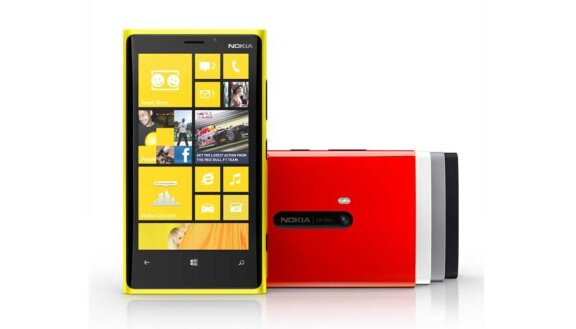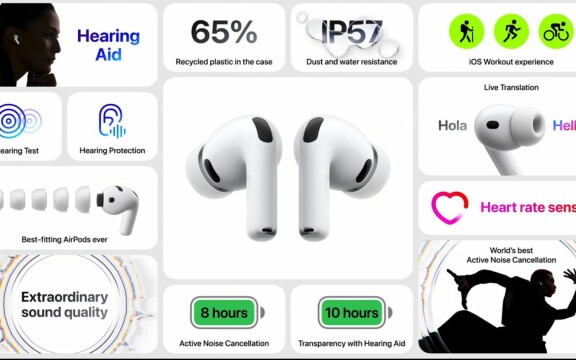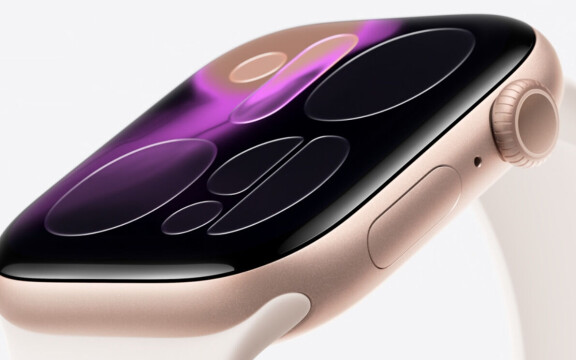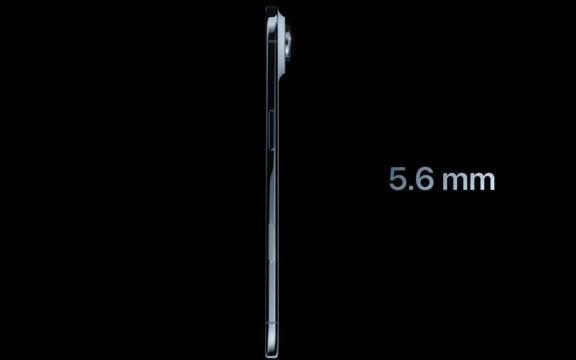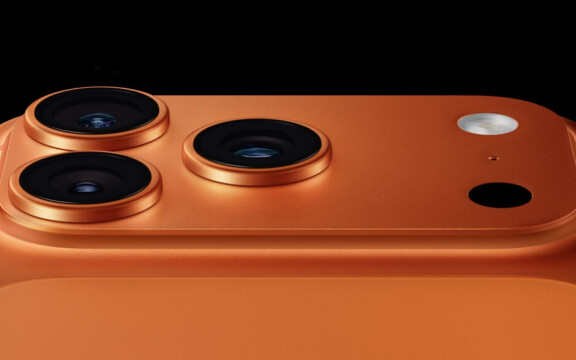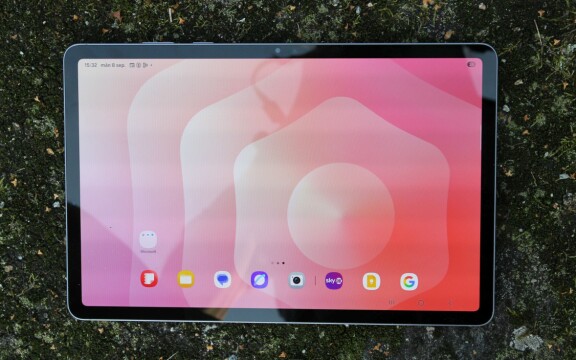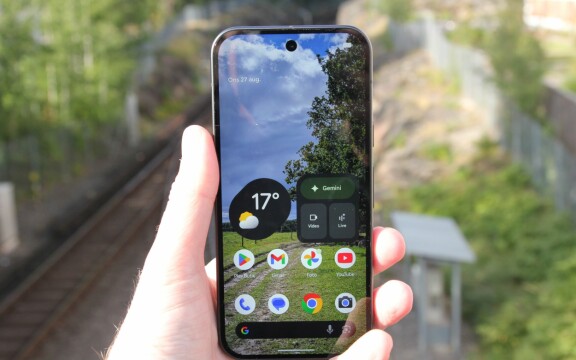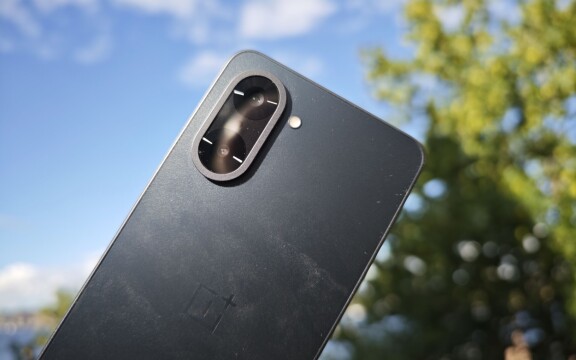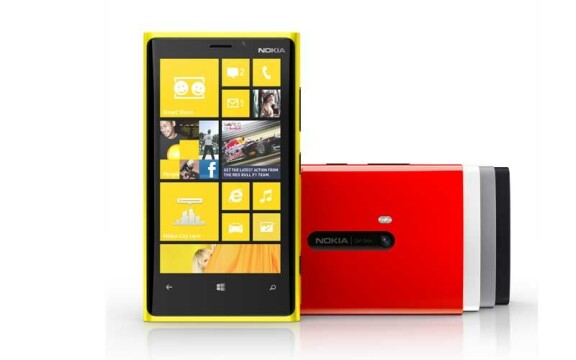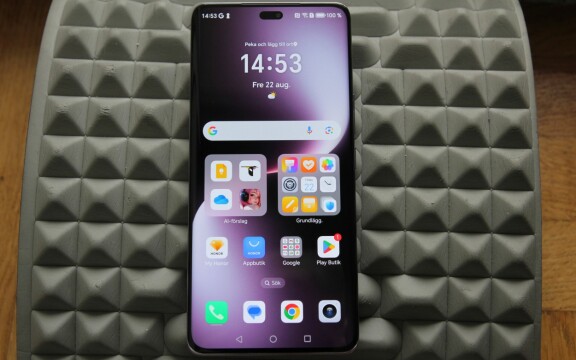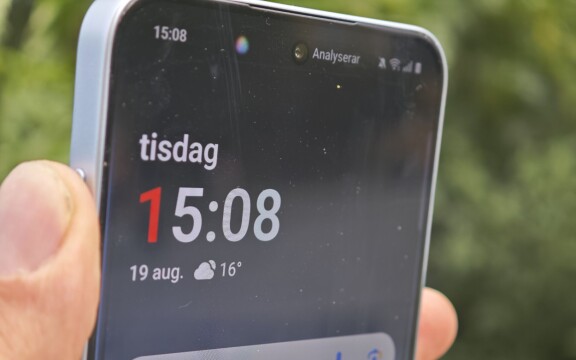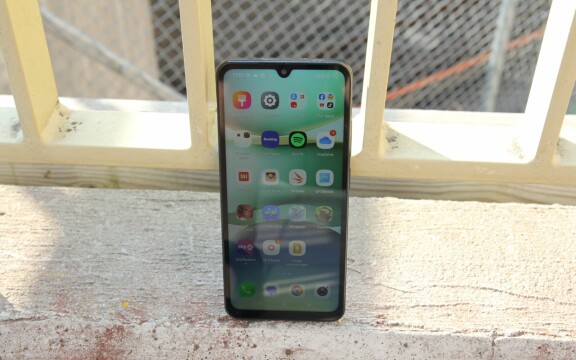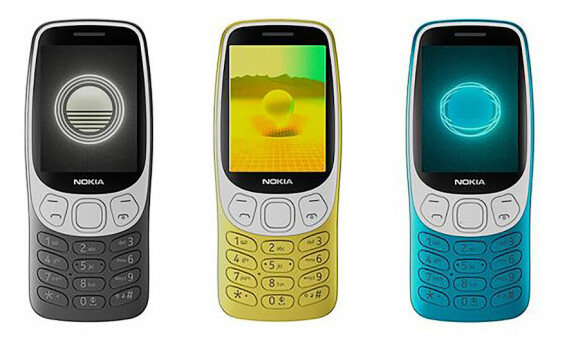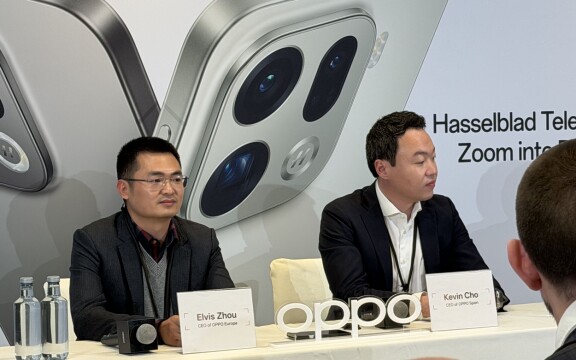One of my favourite phones of all time was undoubtedly my Santa-red Windows Phone, the Lumia 920 model. It has now been eight years since Microsoft officially discontinued Windows Phone, a platform whose existence will forever be marked by an elegant and smooth core experience that was drowned by the lack of a functional app ecosystem.
The idea that Microsoft might one day return to the mobile market with a new Windows Phone may seem absurd, but if we carefully examine Microsoft's latest strategic moves, the outlines of a future emerge where it is not only possible but even logical.
Three of the major arguments are the strategic investment in ARM processors for Copilot+ computers, the lessons from the bold Surface Duo series, and the raw performance of modern ARM processors that now meet the most demanding requirements. Overall, much points to it leading to a concrete product, and not necessarily very far into the future.
ARM architecture as a guide
Microsoft's launch of Copilot+ computers is not just an incremental hardware update. It is a paradigm shift that has laid a new technical foundation for the entire Windows platform. These computers have a strict specification that includes an NPU (Neural Processing Unit) with over 40 TOPS (trillion operations per second), at least 16 gigabytes of RAM, and 256 gigabytes of storage. This platform is currently exclusively based on ARM processors, primarily Qualcomm's Snapdragon X Elite and Snapdragon X Plus. Previously, Microsoft's partnership with Qualcomm was somewhat faltering, but now we see a more coherent strategy. The Copilot+ computers show that Microsoft's focus has shifted from being solely a software provider to curating a fully integrated platform where hardware and software are deeply optimised for each other. This is a clear indication that Microsoft's strategy is now moving in the same direction as Apple's, namely to create a controlled experience that utilises devices designed to work seamlessly with the operating system.
The ARM architecture also offers inherent advantages that are crucial for a mobile experience, advantages that Microsoft is now actively marketing for its laptops. They enable "beyond all-day battery life" and provide constant connectivity via mobile data, just like a mobile phone. Additionally, they start extremely quickly when you press the power button, eliminating the old frustration of long startup times. It's no coincidence that these are exactly the same features that have made smartphones so dominant; it's a natural bridge between the computer and mobile worlds that Microsoft has now begun to cross.
However, such an endeavour is not without risk. Microsoft's partnership with Qualcomm, which is central to this entire strategy, has recently come under legal pressure. A major legal dispute between ARM and Qualcomm, which revolved around Qualcomm's acquisition of chip design company Nuvia, threatened to terminate Qualcomm's licenses to design its own CPU cores. Although the jury largely sided with Qualcomm and ARM subsequently announced that they are no longer seeking to terminate the license agreement, the dispute highlights an underlying tension that could create uncertainty in future developments. A future Windows mobile is directly dependent on this "fragile" partnership remaining stable.
A development of form and function
Microsoft's previous venture into mobile hardware, with the Surface Duo series, can be seen as a failed detour, but it should rather be viewed as a bold experiment in form factor and an important exercise for a potential future with a Windows mobile. The existence of Surface Duo proves that Microsoft has the technical expertise to design thin, light, and innovative dual-screen devices with hinges. Critics have often asked why Microsoft chose Android as the operating system for Duo. The answer was surely pragmatic. Microsoft realised they couldn't compete with Android's established app ecosystem. Instead of launching a device with a dead app store, they focused on solving a specific productivity problem through hardware design. Surface Duo was never meant to be an iPhone or Pixel competitor but a productivity hybrid, optimised for multitasking through an innovative form factor that integrated Microsoft 365 experiences with Google's app ecosystem.
This strategic deviation from the historical Windows Phone failure was wise. It showed that Microsoft learned the lesson that they cannot fight on Google's and Apple's terms in the app war. Surface Duo was proof that the form factor, and not just the operating system, was a central part of the product. This line is particularly interesting as an independent developer showed that it is already technically possible to run a version of Windows 11 on ARM on a Surface Duo, a feat that further cements the idea that the hardware was ready. The true legacy of Surface Duo is thus not as an Android device, but as a prototype that proved Microsoft can build an ultra-mobile productivity machine. This hardware expertise can now be paired with a mature operating system based on ARM architecture.
Performance for the New Era
One of the most fundamental reasons why a new Windows Phone is now possible is that the historical excuse for not building one, namely lack of performance, no longer applies. Modern ARM architecture, specifically the chips powering today's Copilot+ computers, has reached a performance level that directly competes with traditional x86 processors from Intel and AMD. Benchmark results show that Qualcomm's Snapdragon X Elite even surpasses Apple's M3 processor in some tests. Looking at the earlier Snapdragon 8 Gen 3, it shows comparable performance to the Intel Core i5-1235U, indicating that the performance curve for mobile processors has accelerated dramatically. This raw power is not just a matter of processing power; it is about a design that integrates computing power, graphics, and modem machine learning for a superior experience.
At the same time, the development of RAM in mobile phones has followed a faster trajectory than many could have anticipated. While Copilot+ computers have a requirement of 16 gigabytes of RAM, premium mobiles today are equipped with even more. A quick review of the market shows that there are already models with 24 gigabytes of LPDDR5X RAM. That amount of RAM is not only sufficient to meet, but even exceed, the Copilot+ requirements for handling memory-intensive AI models and complex productivity tasks. The hardware to run a full-scale Windows 11 experience, with all its features, is thus already available in a mobile form factor. In other words, performance is no longer necessarily an obstacle.
The App Ecosystem: From Catastrophe to Compatibility
The most significant obstacle for Windows Phone historically was the almost non-existent range of apps. Users, especially young ones, missed apps like Snapchat and Instagram, and despite Microsoft's efforts to attract developers, major players like Google were unwilling to cooperate. The strategy to build an ecosystem from scratch failed catastrophically.
Today, Microsoft has a completely different approach. Instead of fighting in the app war directly, they have introduced a powerful solution that guarantees compatibility from day one: the Prism emulation engine. The technology allows Windows 11 on ARM to run x64 applications with significantly improved performance compared to previous attempts. It is a crucial difference from the failed Windows RT platform, which could not run traditional x86 programs.
In parallel with the emulation work, Microsoft, together with its partners, is building an ever-growing ecosystem of apps made for Arm processors. Applications like Microsoft Office, Google Chrome, Adobe Photoshop, and Zoom now all have versions that run directly on the ARM architecture, eliminating the need for emulation and dramatically improving performance and energy efficiency. This strategy creates a solution that avoids the historical “chicken and egg trap.” Users can now purchase a Windows device with an almost total guarantee that their favourite programs will work. However, a balanced view requires acknowledging the remaining challenges: some drivers, games using advanced "anti-cheat" technology, and some antivirus programs still do not work. Despite these exceptions, the situation is radically different from the final days of Windows Phone.
A "Copilot+ Phone": The AI Experience as a Unique Advantage
The crucial argument that ties everything together is that a new Windows Phone would not be a traditional smartphone in the sense that it would compete with an iPhone or a Galaxy device on their own terms. Its raison d'être would lie in being a "Copilot+ Phone" - a mobile extension of your Windows experience. It could act as an "always-on" terminal that instantly gives you access to your data and the AI features that Copilot+ computers offer. The crucial "killer app" for this device would not be a single third-party application, but a deeply integrated, operating system-based functionality that is not possible on other platforms. One might argue that Apple is already in that position, but at least for the moment, Apple has fallen too far behind in terms of tight AI integration for it to be truly comparable.
Features like Recall, which uses local AI to let you search through everything you've seen or done on your device with a simple language search, would be revolutionary in mobile format. Imagine being able to find a screenshot of an email you quickly glanced at earlier in the day with just a few words. Other features like Live Captions with real-time translation of video or voice calls and Windows Studio Effects that enhance your video calls with AI-driven eye contact and portrait lighting, would offer a unique user experience.
By positioning the device as a mobile gateway to these unique, operating system-based features powered by a local NPU, Microsoft avoids the historical trap of trying to build an app ecosystem from scratch. Instead, it creates a value that is unique to the platform and cannot be replicated on an iOS or Android device.
A matter of time, not a fantasy
The overall picture that emerges is one of strategic alignment and technical maturity. The long-dead Windows Phone platform was a product of its time - an era where Microsoft lacked the right hardware, comprehensive app support, and the strategic vision to succeed. Today, with the Copilot+ computers, Microsoft not only has a processor architecture that is perfect for mobile devices but also a business model that prioritises hardware and software integration. The Surface Duo series has proven Microsoft's ability to create an innovative form factor, and modern ARM processors, complemented by 24 gigabytes of RAM, have eliminated all technical excuses regarding performance.
The crucial piece of the puzzle, however, is AI. A new Windows Phone would not be a nostalgic return, but a completely new type of device: a 'Copilot+ Phone'. Its existence would be justified by the unique productivity and AI experience it can offer, an experience so deeply integrated into the operating system that it is not dependent on third-party apps that Google or Apple refuse to allow. It is a risky, yet technically and strategically logical venture that Microsoft's current course has prepared the company for. It is no longer a fantasy, but a matter of time and a strategic decision that Microsoft must make to extend its AI-driven vision beyond the desktop and into people's pockets.
Do you want one last argument? Here you go. In an interview published in 2023 in the publication Business Insider, Microsoft's CEO Satya Nadella stated that “The decision I think a lot of people talk about - and one of the most difficult decisions I made when I became CEO - was our exit of what I’ll call the mobile phone as defined then. In retrospect, I think there could have been ways we could have made it work by perhaps reinventing the category of computing between PCs, tablets, and phones.”
All the pieces are there, including the notion that Microsoft should have stayed, so don't be surprised when a Copilot+ Phone is presented.
